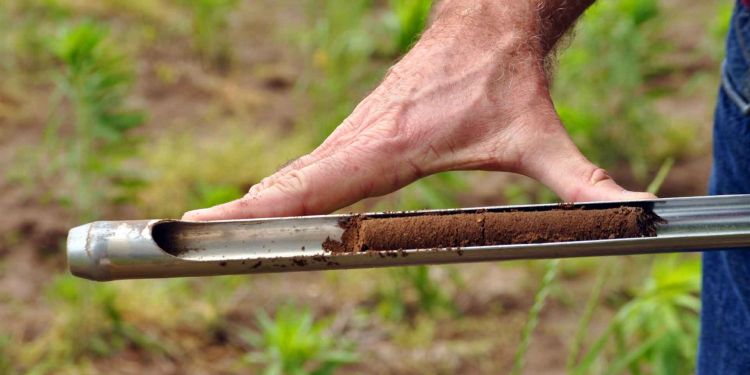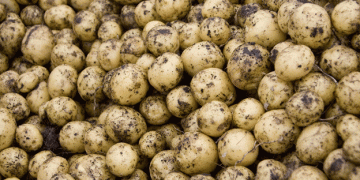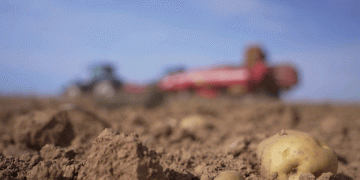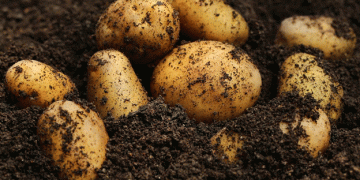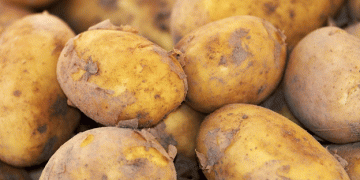The Netherlands Fertilizers Institute and Wageningen University have established critical nutrient levels of young potatoes, beets, onion and cereal leaves, which can be tested against crop analysis. But that cannot replace soil analysis.

They can be used in addition to soil surveys. Soil research remains the basis for fertilization advice. This is one of the results that the NMI and WUR have published after a literature study commissioned by BO Akkerbouw.
Indicative diagnosis
The decision schedules for fertilization and additional fertilization with calcium, magnesium, boron and manganese indicate how potato research can be used as a basis for fertilization advice in addition to soil research. The critical nutrient contents are included in a table in the soil and fertilization manual.
These are critical levels in the dry matter of the youngest fully grown leaves, which are most suitable for an indicative diagnosis of stunted potato growth. But it has proved difficult to draw up a simple schedule with critical nutrient levels per crop on which fertilization advice can be based.
Validation of plant sap analysis
The information found in the literature is also not necessarily applicable in the Netherlands. These are derived values that are not often based on plant sap analysis but mostly on dry matter. That is why the NMI and WUR cannot validate the methods based on plant sap analysis in scientific research.
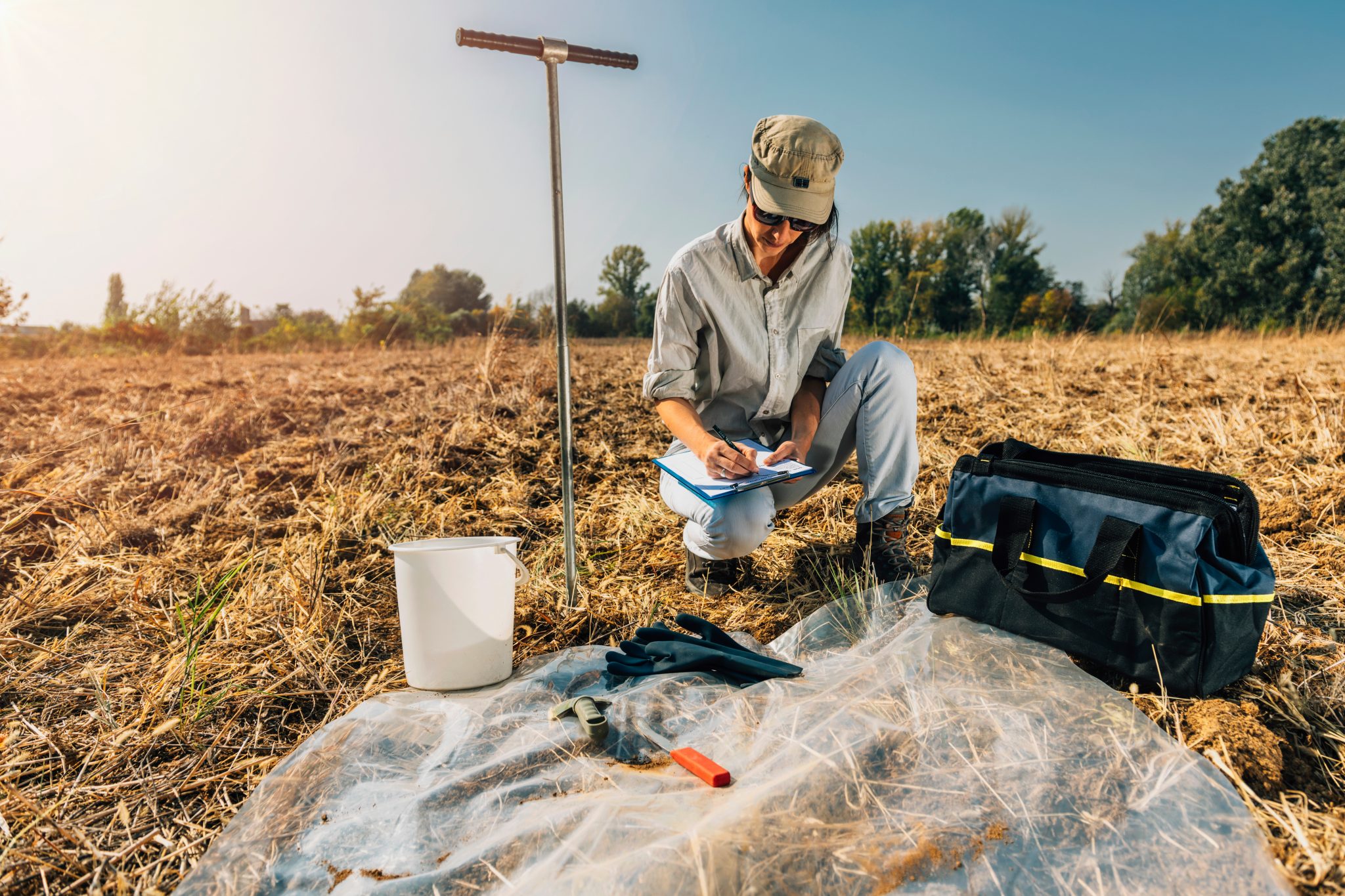
Determining critical levels in crops for nutrients is difficult. The levels depend on the age of the sampled leaf, the stage of development and the variety. The levels in the leaves generally drop during the growing period. It is therefore difficult to derive generally applicable values per nutrient for a crop.
A number of laboratories offer crop analyzes and fertilization advice based on both plant sap and dry matter. The advices that these laboratories offer based on crop analysis aregenerally not validated in scientific research.
